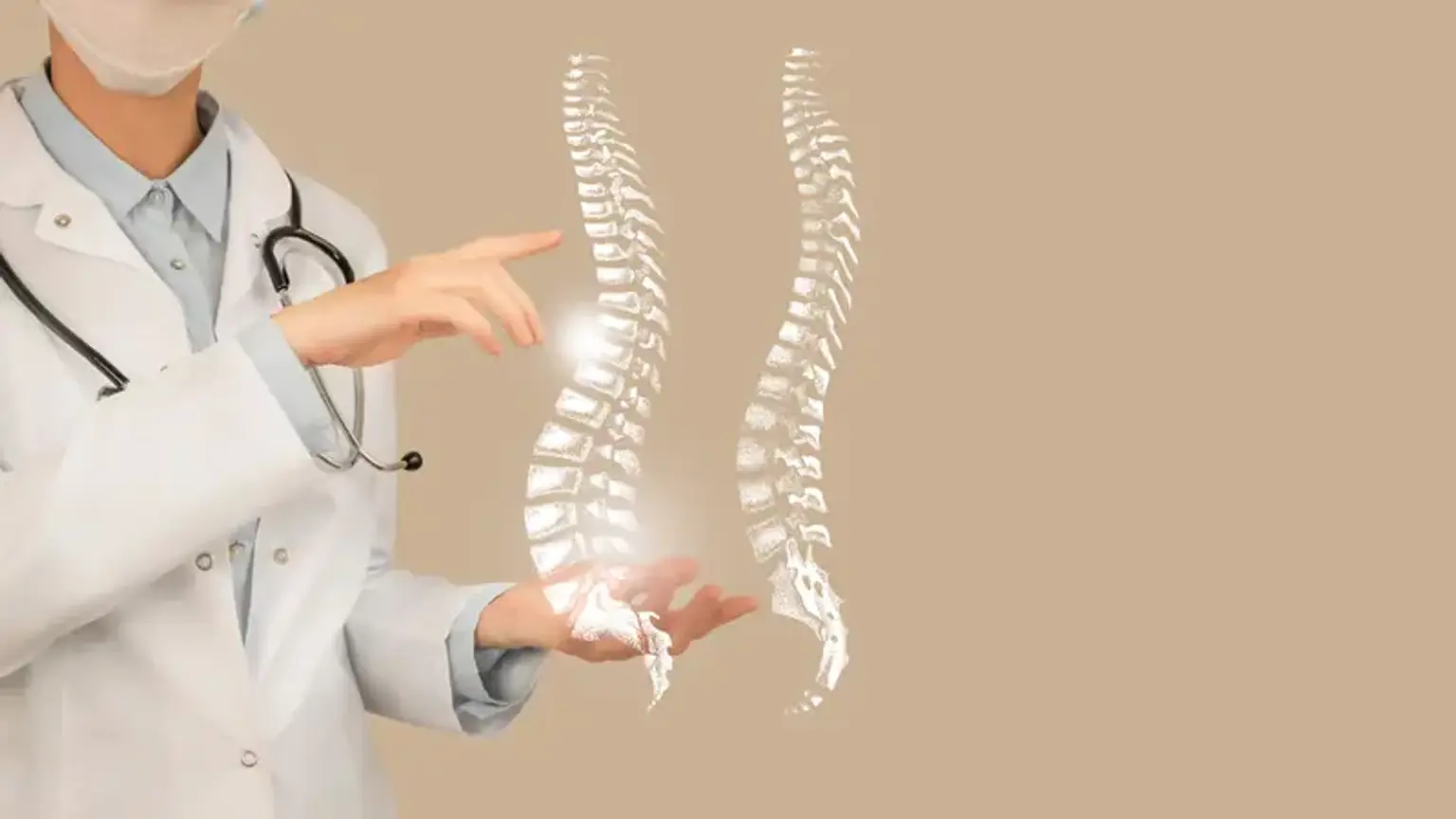Spinal Cord Injury
SCI is a serious medical disorder that frequently results in significant morbidity and permanent impairment. When the axons of neurons that go through the spinal cord are damaged, motor and sensory function is lost below the point of lesion. Major trauma is the most common cause of injury, and primary injury is typically irreparable. These injuries are very costly and disabling because they disproportionately impact patients under the age of 30, cause considerable functional impairment for the rest of the person's life, and put the person at risk for a variety of consequences that raise morbidity and mortality. SCI is expected to have a 2.5-to-4-billion-dollar economic impact over its lifetime.
Spinal Cord Injury Epidemiology
Every year, between 255,000 and 500,000 people worldwide suffer a spinal cord injury. The majority of these cases are the result of preventable factors such as violence and car accidents. Each year, around 17,500 new cases of SCI are diagnosed in the United States, with an estimated 280,000 people living with SCI. The majority of individuals with SCI caused by a sports injury are men. The age ranges from 15 to 30 years old have the greatest risk of SCI.
